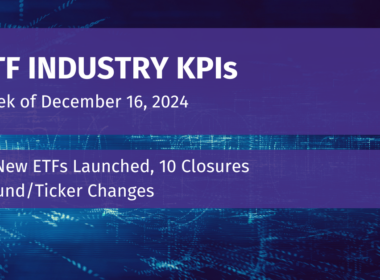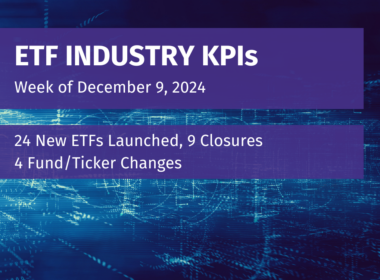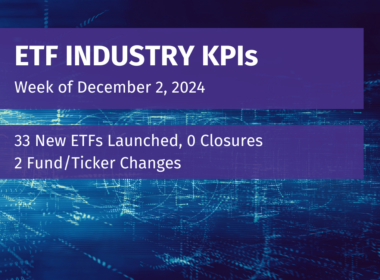Unlock the secrets of the housing market with our expert guest, Logan Mohtashami, lead analyst for Housing Wire. In this episode, Logan breaks down the intricate dynamics of the current housing market, revealing why the majority of new home supplies are still under construction and how big builders are strategically maintaining high profit margins. You’ll learn the stark differences between today’s housing landscape and the bubble years, and understand the competitive edge builders hold with the lower inventory of existing homes.
The housing market has always been a complex and multifaceted arena. With the majority of new home supplies still under construction, it begs the question of why these homes are not immediately available for sale. Logan Mohtashami elucidates this by explaining the strategic maneuvers of big publicly traded builders. These builders are meticulously managing their sales and offering rate incentives to maintain high profit margins. This approach starkly contrasts with the housing bubble years when an oversupply of homes led to plummeting prices. Today’s market, however, is characterized by a lower inventory of existing homes, giving builders a competitive edge.
We dive into the numbers to explain the increase in active housing inventory since March 2022, despite historically low new listings. Logan contrasts today’s market with the 1970s housing boom, highlighting the stronger financial health of current homeowners thanks to fixed-rate mortgages and rising wages. We’ll unpack why inventory levels aren’t spiking as they did in past decades and how today’s homeowners are better positioned to weather economic fluctuations.
Understanding the intricacies of inventory levels is crucial for anyone interested in the housing market. Despite an increase in active housing inventory since March 2022, new listings remain historically low. Logan Mohtashami sheds light on this paradox by comparing today’s market with the 1970s housing boom. Unlike the 70s, today’s homeowners are in a much stronger financial position, bolstered by fixed-rate mortgages and rising wages. This financial stability is a key reason why inventory levels aren’t spiking as they did in previous decades. Homeowners are well-positioned to wait for more favorable market conditions, thus preventing a sudden surge in inventory.
Finally, we explore how the U.S. mortgage market’s low percentage of variable rate mortgages (ARMs) provides financial stability compared to other countries. Logan sheds light on the evolving landscape of fixed-rate mortgages, the potential impact of job loss recessions, and the future of real estate technology. From the disruptive potential of blockchain to the role of Home Equity Lines of Credit (HELOCs), this episode delivers a comprehensive analysis of the housing market’s present and future. Don’t miss this invaluable insight into real estate trends and the factors shaping the market today.
The U.S. mortgage market is uniquely positioned compared to other countries, thanks to its low percentage of variable rate mortgages (ARMs). Only about 3.5% of all 51 million mortgages in the U.S. are ARMs, providing a cushion against financial instability. Logan discusses how changes in ARM structures post-2010 have mitigated risks, making these loans less popular and more stable. Additionally, fixed-rate mortgages and rising wages have provided American homeowners with a level of financial stability that is rare in other countries. The potential impact of job loss recessions on the housing market is another critical topic Logan addresses, emphasizing the importance of fresh data in predicting market stress.
Exploring the disruptive potential of blockchain technology in the real estate and mortgage industries, Logan discusses the possibility of eliminating the title insurance industry. Blockchain offers efficiency and transparency, addressing concerns about fraud and cost. The future of Home Equity Lines of Credit (HELOCs) and the role of non-qualified mortgage lending are also examined. Logan highlights the need for regulatory adjustments and consumer confidence to fully realize the benefits of these technologies. The risks and benefits of HELOCs during different economic cycles are debated, questioning the necessity of traditional title insurance in light of technological advancements.
Logan also delves into the complexities of rental inflation and the role of accessory dwelling units (ADUs) in addressing housing supply issues. Despite their potential benefits, regulatory and cost barriers have hindered the growth of ADUs. The conversation touches on the broader economic landscape, emphasizing the relationship between inflation, interest rates, and employment. The Fed’s focus on cooling the labor market to manage inflation is highlighted, along with the potential impact of job losses on housing demand.
In summary, this episode offers a deep dive into the current state and future trends of the housing market. Logan Mohtashami’s expert insights provide a comprehensive understanding of the various factors shaping today’s real estate landscape. From builder strategies and market trends to the disruptive potential of blockchain technology, this episode is a must-listen for anyone interested in the housing market. Tune in to gain invaluable insights into the dynamics of the housing market and the factors that will shape its future.
Disclosure
All investments involve risk, including possible loss of principal.
The material provided here is for informational purposes only and should not be considered an individualized recommendation or personalized investment advice. The investment strategies mentioned here may not be suitable for everyone. Each investor needs to review an investment strategy for his or her own particular situation before making any investment decision.
All expressions of opinion are subject to change without notice in reaction to shifting market conditions. Data contained herein from third-party providers is obtained from what are considered reliable sources. However, its accuracy, completeness, or reliability cannot be guaranteed.
Examples provided are for illustrative purposes only and not intended to be reflective of results you can expect to achieve.
The value of investments and the income from them can go down as well as up and investors may not get back the amounts originally invested, and can be affected by changes in interest rates, exchange rates, general market conditions, political, social, and economic developments, and other variable factors. Investment involves risks including but not limited to, possible delays in payments and loss of income or capital. Neither Tidal nor any of its affiliates guarantees any rate of return or the return of capital invested. This commentary material is available for informational purposes only and nothing herein constitutes an offer to sell or a solicitation of an offer to buy any security and nothing herein should be construed as such. All investment strategies and investments involve risk of loss, including the possible loss of all amounts invested, and nothing herein should be construed as a guarantee of any specific outcome or profit. While we have gathered the information presented herein from sources that we believe to be reliable, we cannot guarantee the accuracy or completeness of the information presented and the information presented should not be relied upon as such. Any opinions expressed herein are our opinions and are current only as of the date of distribution, and are subject to change without notice. We disclaim any obligation to provide revised opinions in the event of changed circumstances.
The information in this material is confidential and proprietary and may not be used other than by the intended user. Neither Tidal nor its affiliates or any of their officers or employees of Tidal accepts any liability whatsoever for any loss arising from any use of this material or its contents. This material may not be reproduced, distributed, or published without prior written permission from Tidal. Distribution of this material may be restricted in certain jurisdictions. Any persons coming into possession of this material should seek advice for details of and observe such restrictions (if any).












